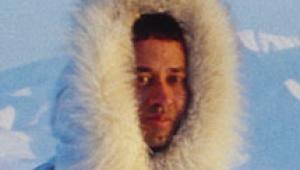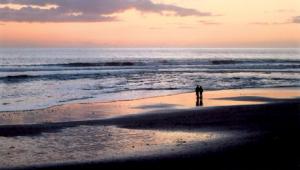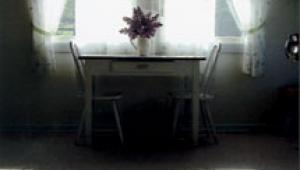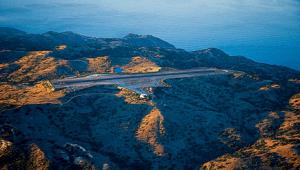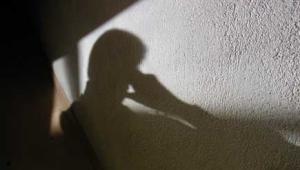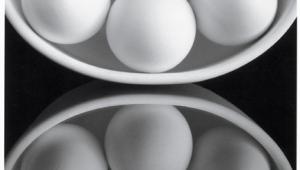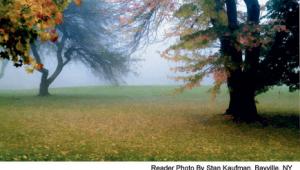Tips for Tricky Exposure Situations Page 2
2 Bracket Exposure
What you just did in item 1 is a bracketed series of exposures. It's a
good idea to shoot such a series any time you're in doubt about the correct
exposure: Shoot one frame at the exposure you think is right, then shoot additional
frames, giving more and less exposure than that. With slide film, bracket in
1¼2-stop increments; with print film, full-stop increments should do.
You'll use more film, but you'll assure that you get a properly
exposed image.



3 Understand Your Meter
There are two basic types of exposure meter: incident-light, and reflected-light.
Incident meters measure the light incident (falling) upon the scene; reflected
meters (which are the type built into cameras) measure the light reflected from
the scene.
Using an incident meter is simple: Hold it right in front of your subject, point
its translucent hemisphere at the camera lens, and expose accordingly. The problems
are (1) subjects that are in different light than where you are, and too far
away to get to; and subjects that are light sources, such as fires.

Reflected-light meters are calibrated to reproduce the metered subject as an
"average" medium tone. This is fine when your subject is indeed
a medium-toned one. If the subject is brighter than a medium tone, the meter
will see more light and thus call for less exposure (the meter doesn't
know what you're pointing it at or how you want it reproduced in your
photo; all it knows is how much light is striking its sensor). The result will
be an underexposed (too-dark) bright subject and scene. Conversely, if the metered
subject is darker than a medium tone, the meter will receive less light and
thus call for more exposure; the result will be an overexposed (too-light) subject
and scene.

The key to using a reflected-light meter is to remember this simple rule: Whatever
you take the meter reading from will be reproduced as a medium tone in the resulting
photograph. So, the simplest way to get good exposures with a reflected-light
meter is to read medium-toned subjects. If you meter a bright subject, give
more exposure than the meter suggests. If you meter a dark subject, give less
exposure than the meter suggests. Ansel Adams' Zone System is the most
effective way to use a reflected-light meter (for black-and-white photography,
anyway--it involves adjusting developing times to control contrast, and
changing developing times with color films alters color balance as well as contrast),
but just keeping the above rule in mind will suffice in most situations.
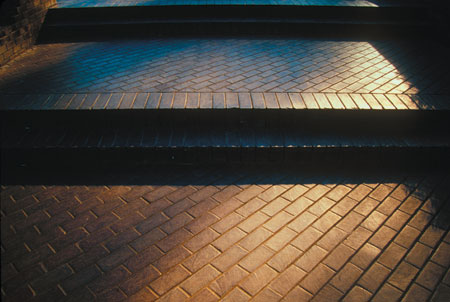

- Log in or register to post comments

